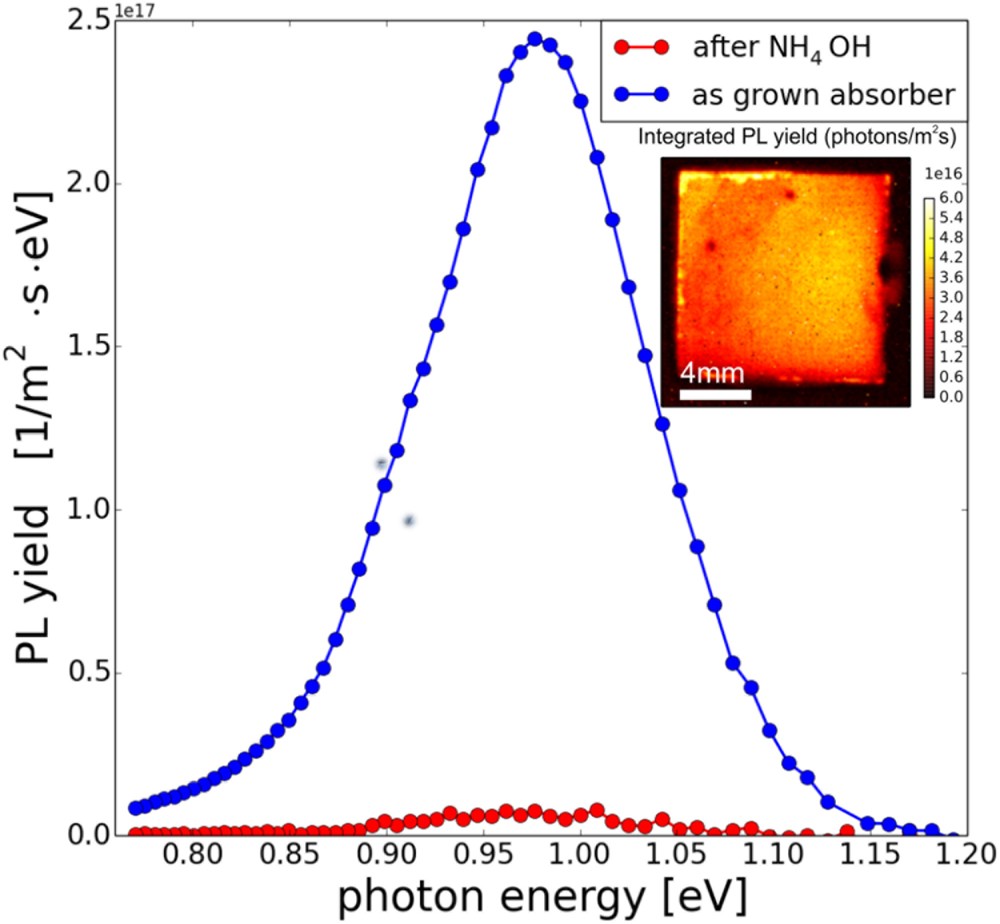

- Recombination pc1d full#
- Recombination pc1d series#
If a hole (or an electron) moves up to the same energy state before the electron is thermally re-emitted into the conduction band, then it recombines.These defects can either be unintentionally introduced or deliberately added to the material, for example in doping the material and An electron (or hole) is trapped by an energy state in the forbidden region which is introduced through defects in the crystal lattice.The two steps involved in SRH recombination are:

Recombination through defects, also called Shockley-Read-Hall or SRH recombination, does not occur in perfectly pure, undefected material.
The emitted photon has an energy similar to the band gap and is therefore only weakly absorbed such that it can exit the piece of semiconductor. In radiative recombination, an electron from the conduction band directly combines with a hole in the valence band and releases a photon and. The key characteristics of radiative recombination are: However, most terrestrial solar cells are made from silicon, which is an indirect bandgap semiconductor and radiative recombination is extremely low and usually neglected. Concentrator and space solar cells are typically made from direct bandgap materials (GaAs etc) and radiative recombination dominates. The light produced from a light emitting diode (LED) is the most obvious example of radiative recombination in a semiconductor device. Radiative recombination is the recombination mechanism that dominates in direct bandgap semiconductors. These are described in the animation and text below.Īnimation giving a graphical represenation of recombination mechanisms. There are three basic types of recombination in the bulk of a single-crystal semiconductor. Therefore, when the electron stabilizes back down into the valence band, it also effectively removes a hole. When this occurs, it must move into an empty valence band state. Among other factors, recombination is associated with the lifetime of the material, and thus of the solar cell.Īny electron which exists in the conduction band is in a meta-stable state and will eventually stabilize to a lower energy position in the valence band. Auger and Shockley-Read-Hall recombination dominate in silicon-based solar cells. There are three types of recombination Radiative, Shockley-Read-Hall, and Auger.  Eventually, electrons lose energy and stabilize back to the valence band, recombining with a hole.
Eventually, electrons lose energy and stabilize back to the valence band, recombining with a hole. Recombination pc1d full#
These values of BSRV and Rb are superior to a standard industrial full Al-BSF Si solar cell, where BSRV and Rb are usually 200 cm/s and 65, respectively.
Summary and Comparison of Battery Characteristics An effective back surface recombination velocity (BSRV) and back internal reflectance (Rb) of 90 cm/s and 88, respectively, were extracted by PC1D modeling of the EpiWE cell. Battery Charging and Discharging Parameters. Four Point Probe Resistivity Measurements. Effect of Trapping on Lifetime Measurements. Quasi-Steady-State Lifetime Measurements. 8.1 Measurement of Solar Cell Efficiency. Mismatch for Cells Connected in Parallel. Recombination pc1d series#
Impact of Both Series and Shunt Resistance.Applying the Basic Equations to a PN Junction.Solar Radiation Outside the Earth's Atmosphere.







 0 kommentar(er)
0 kommentar(er)
